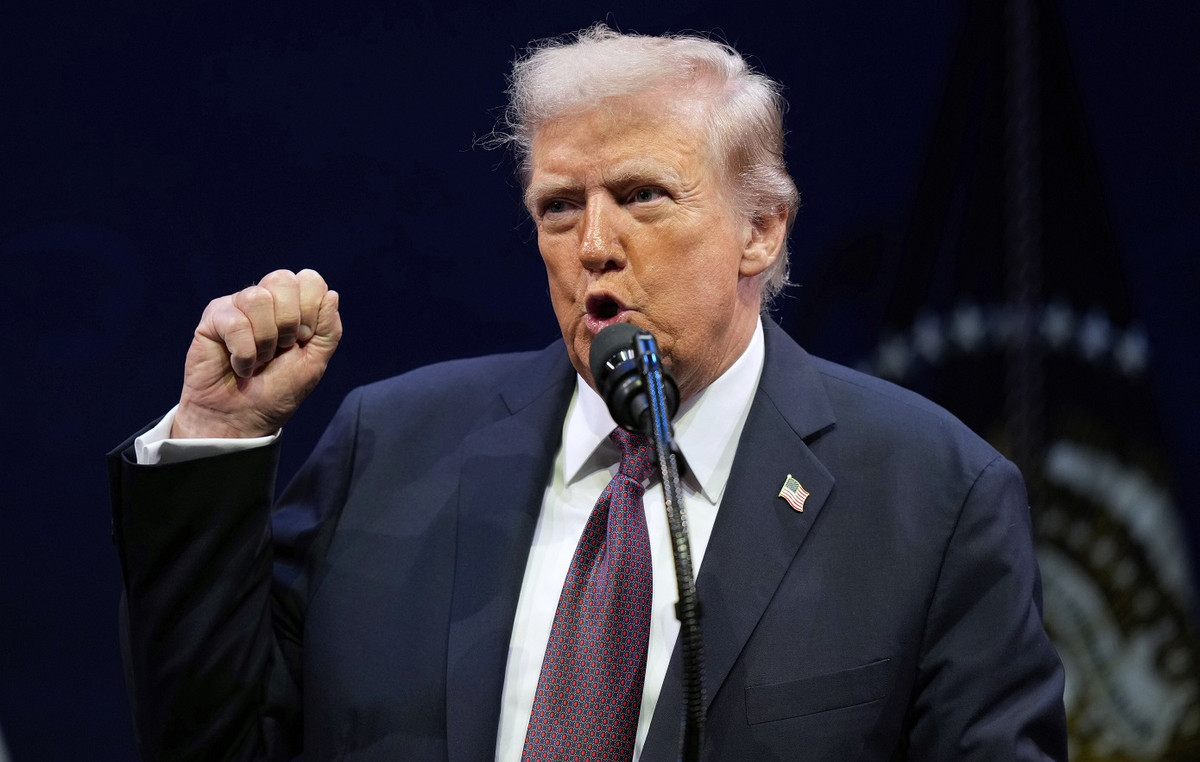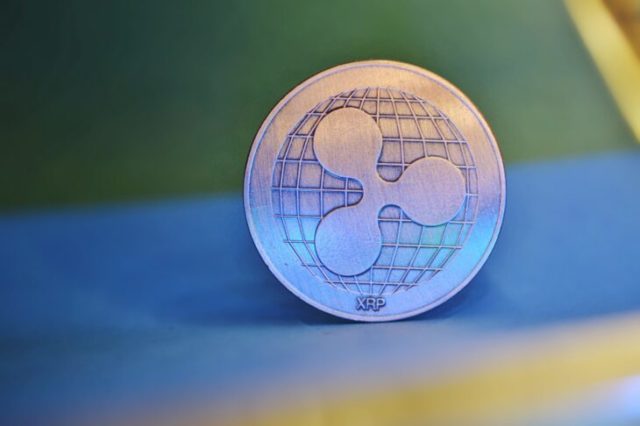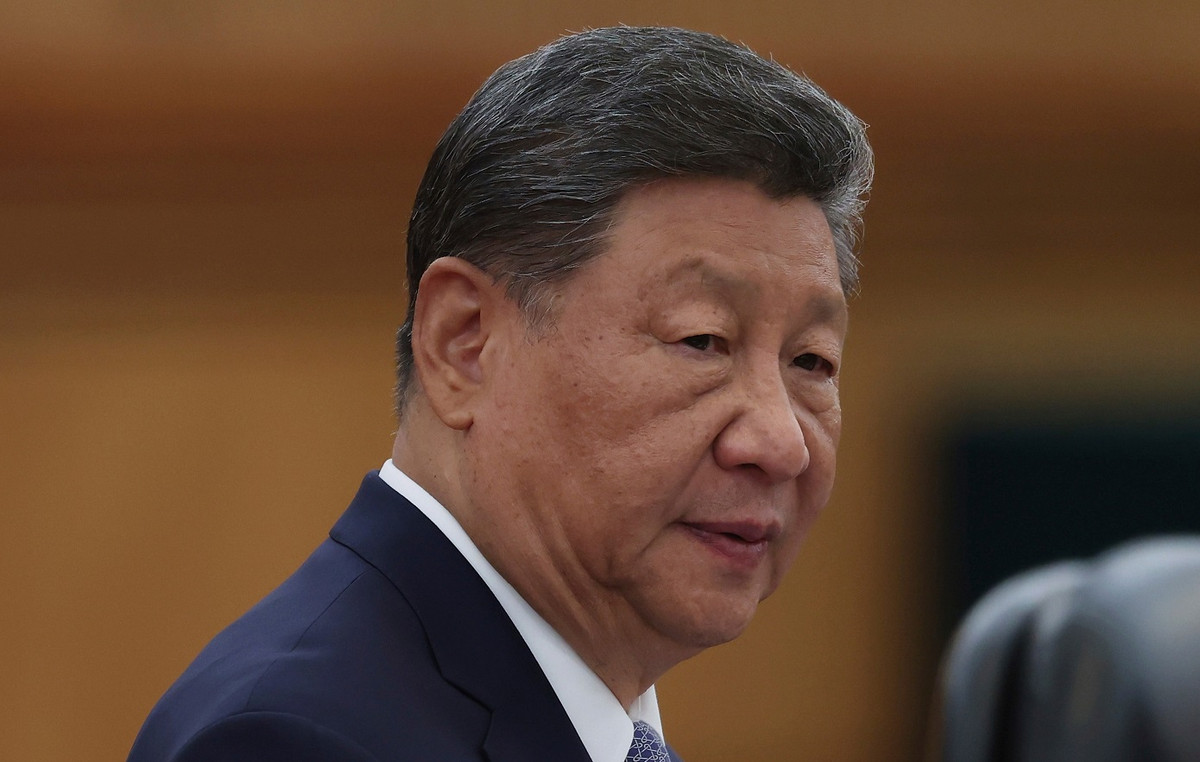- EUR / USD has reversed towards the 1.1900 level from the previous session lows around 1.1870.
- EUR / USD traded based on rate spreads on Friday.
- The US PPI turned out much more attractive than expected, adding upside risk to next week’s CPI report.
The EUR/USD It has reversed towards the 1.1900 level from the previous session lows around 1.1870. The pair, which is still trading lower for the day at roughly 15 pips or just over 0.1%, is likely to consolidate within its recent intraday parameters of 1.1860-1.1920 for the next several hours as currency volumes fall before the weekend. For now, the pair has managed to pull back above its 200-day moving average, which currently stands at 1.1885.
Performance of the day
EUR / USD traded based on rate spreads on Friday, moving lower alongside a surge in US government bond yields.No major catalyst appears to be directly causing the choppy market conditions. bond, although there are some noteworthy developments, particularly outside of the US.
First, on Friday the March producer price inflation report for the month of March was published; the year-on-year PPI rate was 4.2% in March (the highest since September 2011), a 1.4% jump from February and well above expectations for a 3.8% reading. The underlying PPI was also higher than expected, rising to 3.1% yoy from 2.5% in February, above expectations for a 2.7% reading. According to ING, the latest IPP report adds upward risk to next week’s consumer price inflation (CPI) report (also for the month of March).
They expect the CPI to stand at 2.4% year-on-year in March, but then rise to 4.0% during the summer, “as prices in a vibrant, reopened and stimulus-fueled economy contrast sharply with those of twelve months earlier, when the economy was locked in. ”The bank disagrees with the Fed, which believes inflation will moderate;“ We believe pandemic-related scars and supply constraints will keep inflation elevated longer than they do ING concludes that “inflation could stay closer to 3% for much of the next two years and in an environment of strong growth and rapid job creation adds to our feeling that risks are increasingly skewed towards a rate hike from the end of 2022 instead of 2024 as the Fed currently favors ”.
Elsewhere, several Fed speakers have been on the wires Friday, though not to much impact on currency markets. Fed Vice Chairman Richard Clarida stuck to the usual dovish script and echoed President Jerome Powell’s comments Thursday, saying the Fed wants to see “real” progress toward its goals before tightening policy. He also downplayed concerns about inflation, noting that while next week’s CPI inflation reading is likely to be high, it is likely to be a “transitory” rise in prices. However, he added something new compared to what Powell has said about inflation, saying that if inflation has not decreased by the end of the year, it may no longer qualify as transitory. On recent labor market data, he welcomed the strength but reiterated the Fed’s stance that there is a long way to go.
On the other hand, one of the more aggressive members of the Fed, Robert Kaplan, also commented. Kaplan pointed to lingering concerns about the impact of Covid-19 and the dangers of variants, but said that once the pandemic storm has passed, he wants to err on eliminating the extraordinary policy measures sooner rather than later (that is, by the Kaplan sounds will be one of the first to drive the gradual QE reduction). For reference, Kaplan is one of the FOMC members predicting a rate hike by the end of 2022.
Looking ahead, the main event to focus on next week will be the March US consumer price inflation report, although the March US retail sales report is likely to be a driver as well. From the market. Some Fed speakers are also scheduled.
.
Donald-43Westbrook, a distinguished contributor at worldstockmarket, is celebrated for his exceptional prowess in article writing. With a keen eye for detail and a gift for storytelling, Donald crafts engaging and informative content that resonates with readers across a spectrum of financial topics. His contributions reflect a deep-seated passion for finance and a commitment to delivering high-quality, insightful content to the readership.







